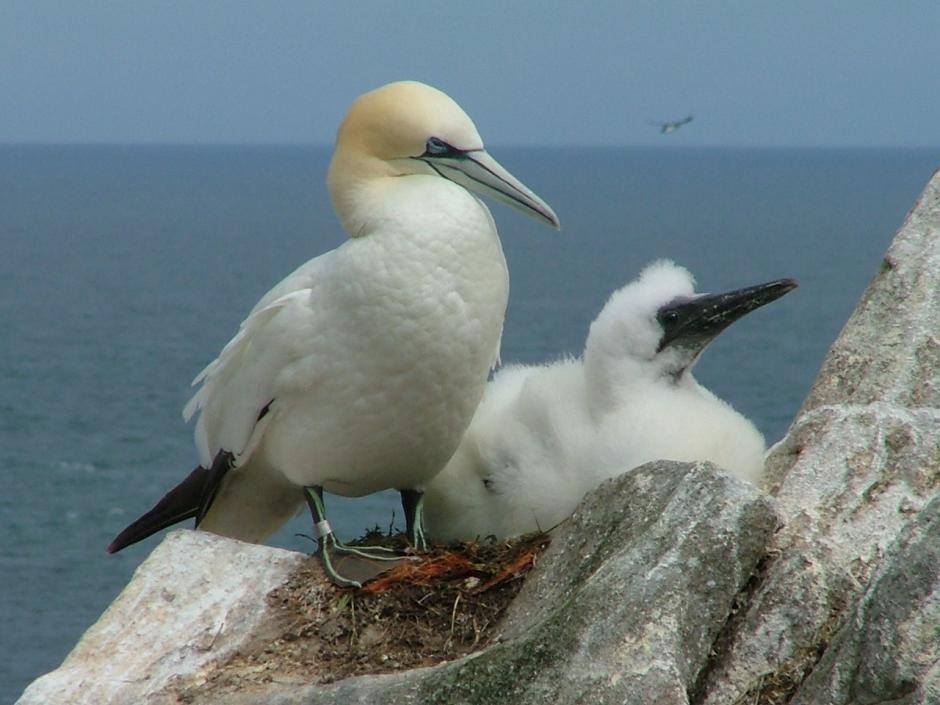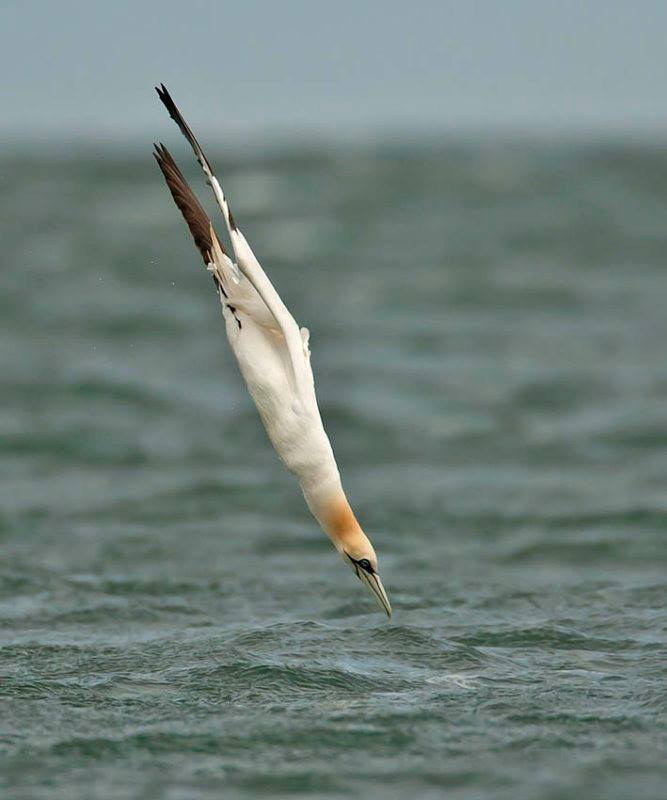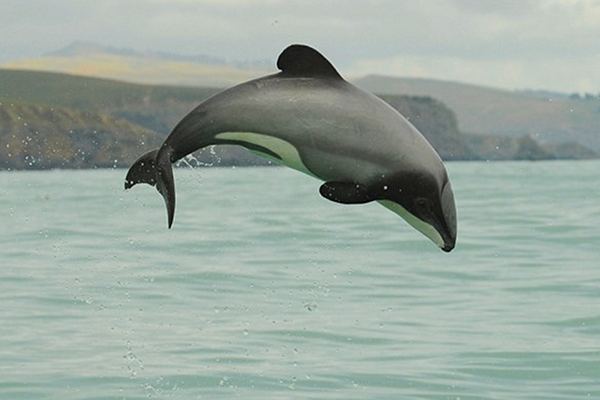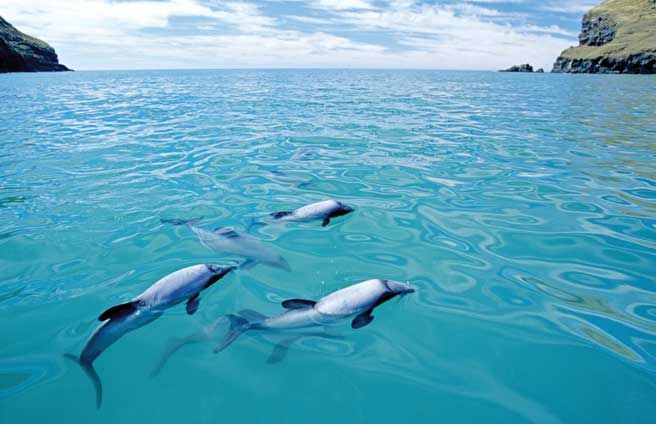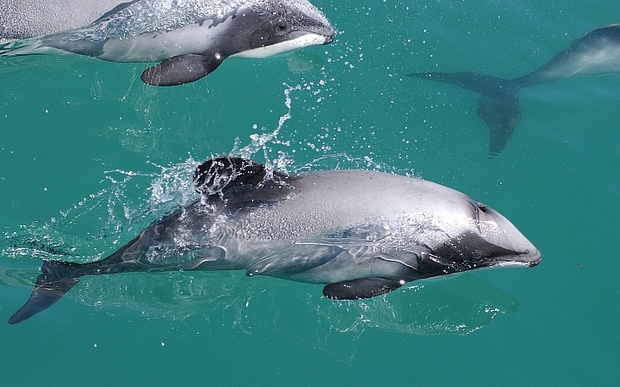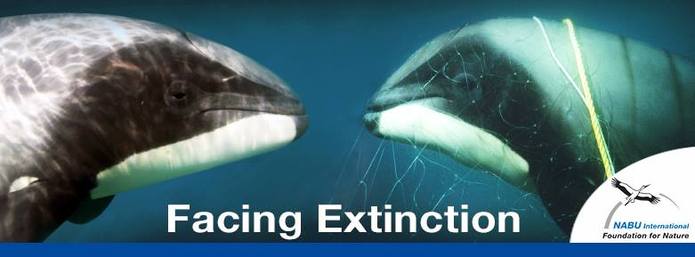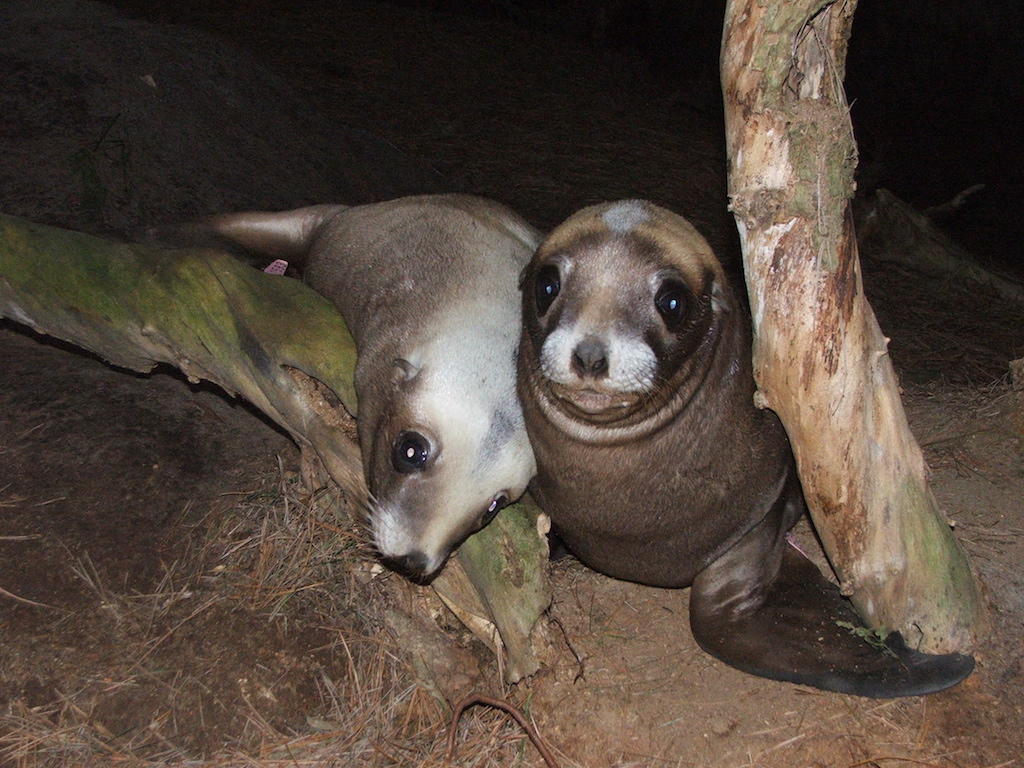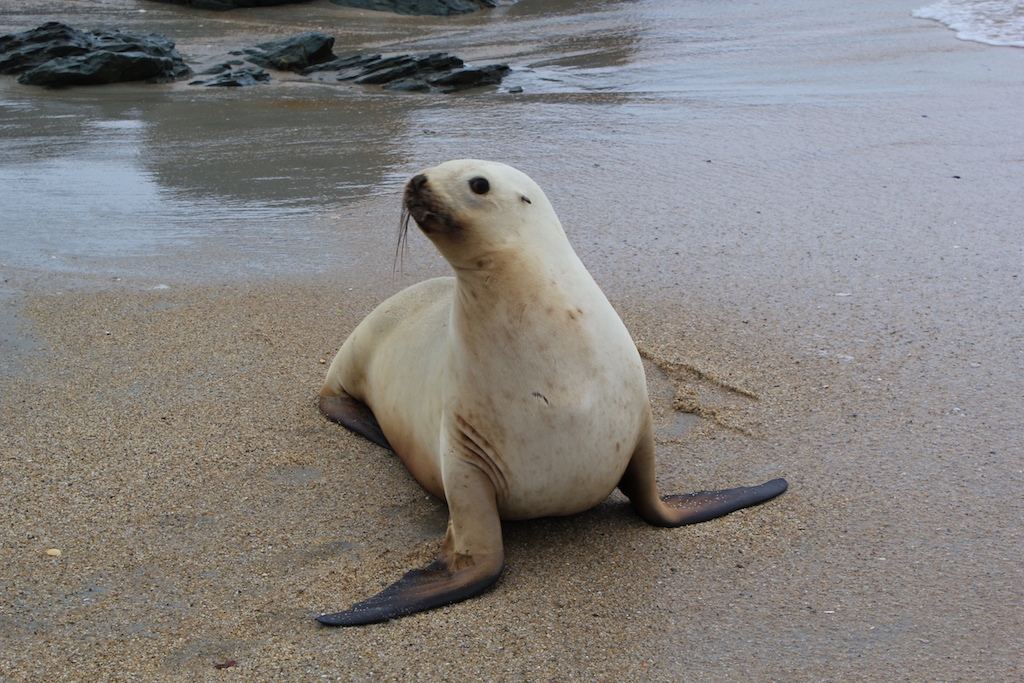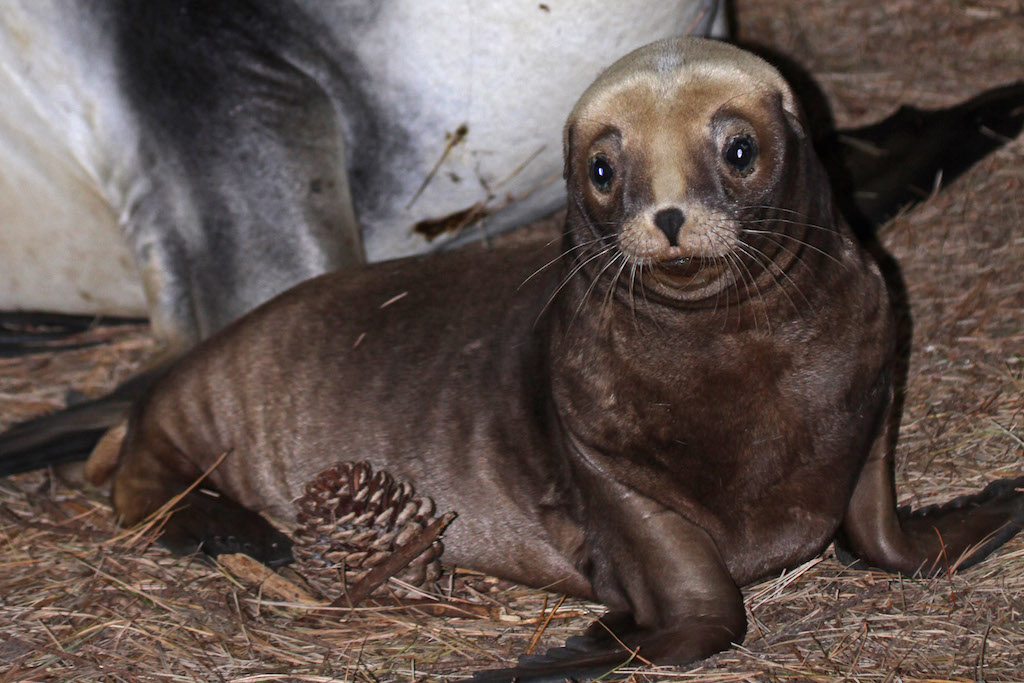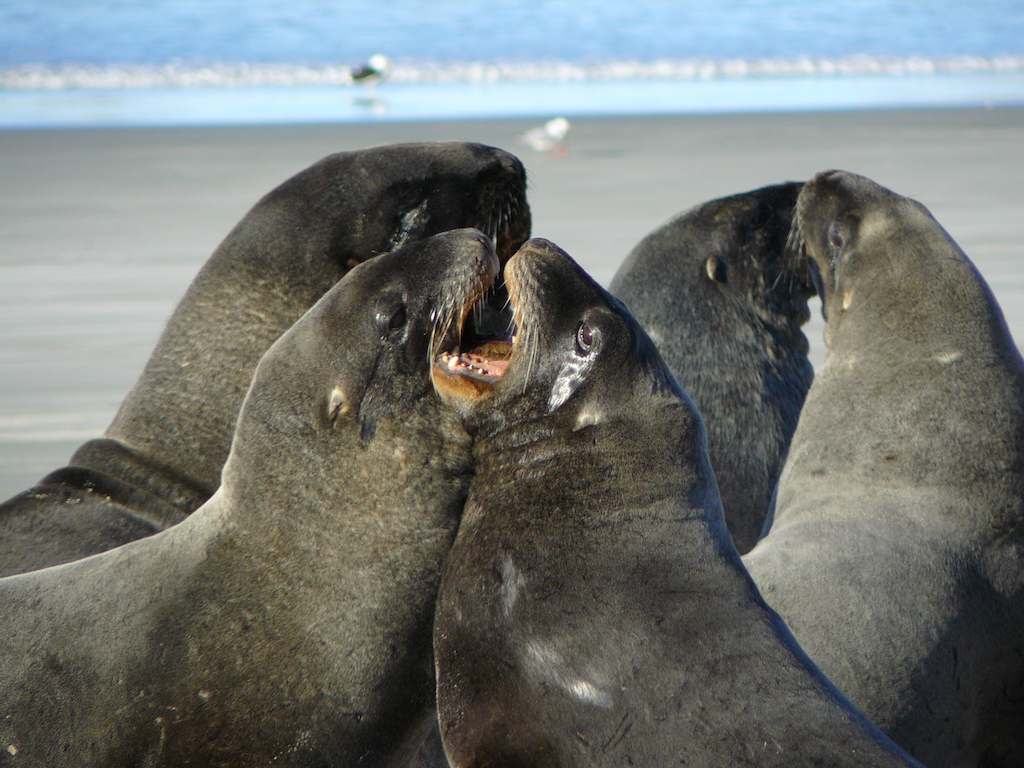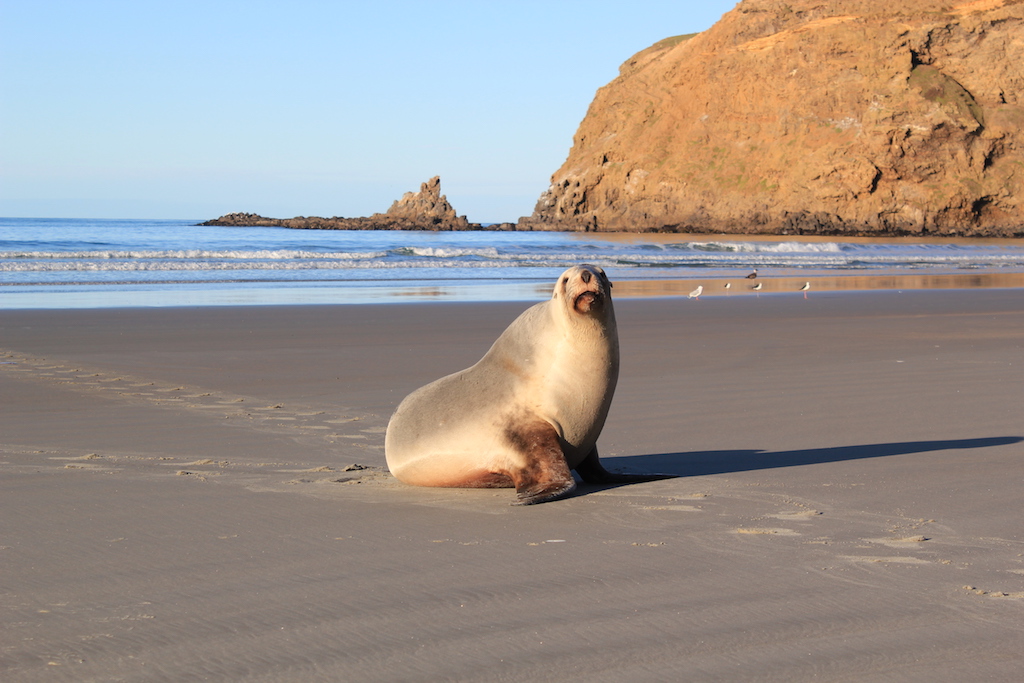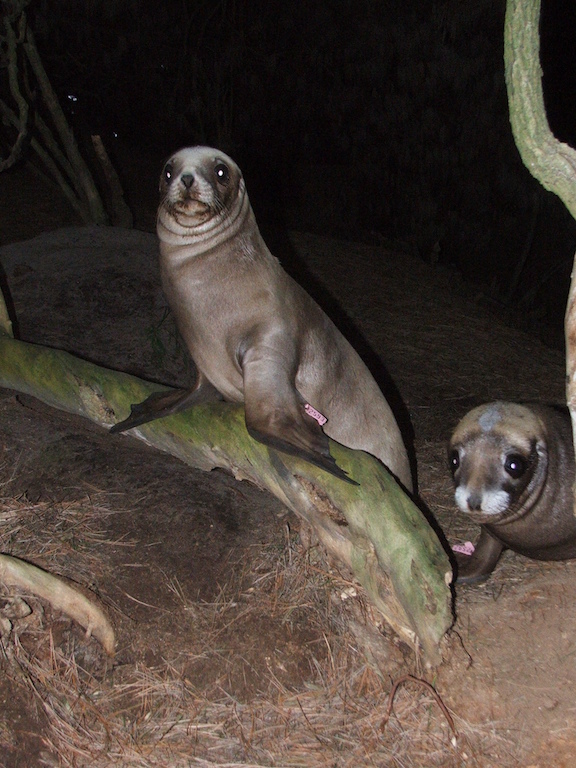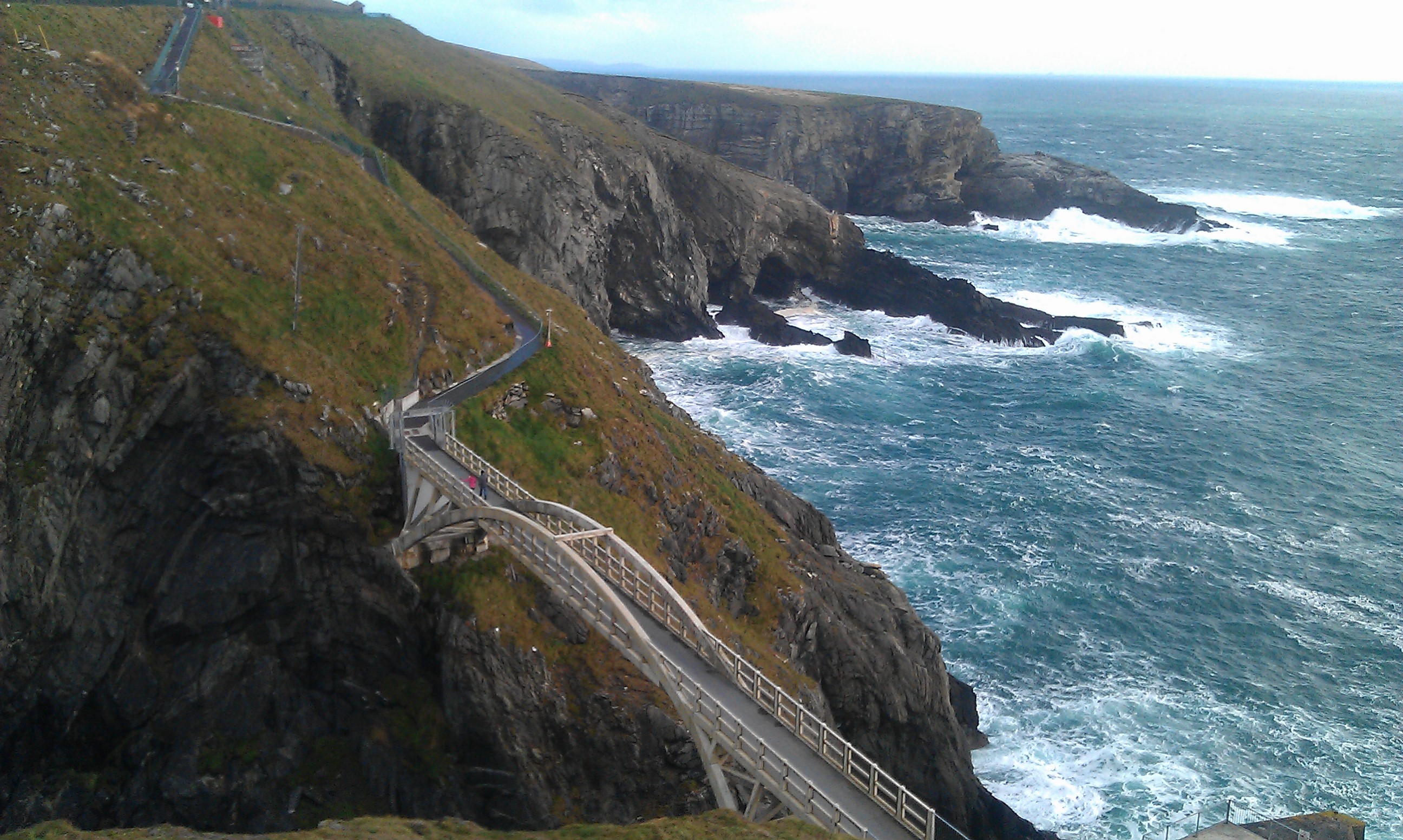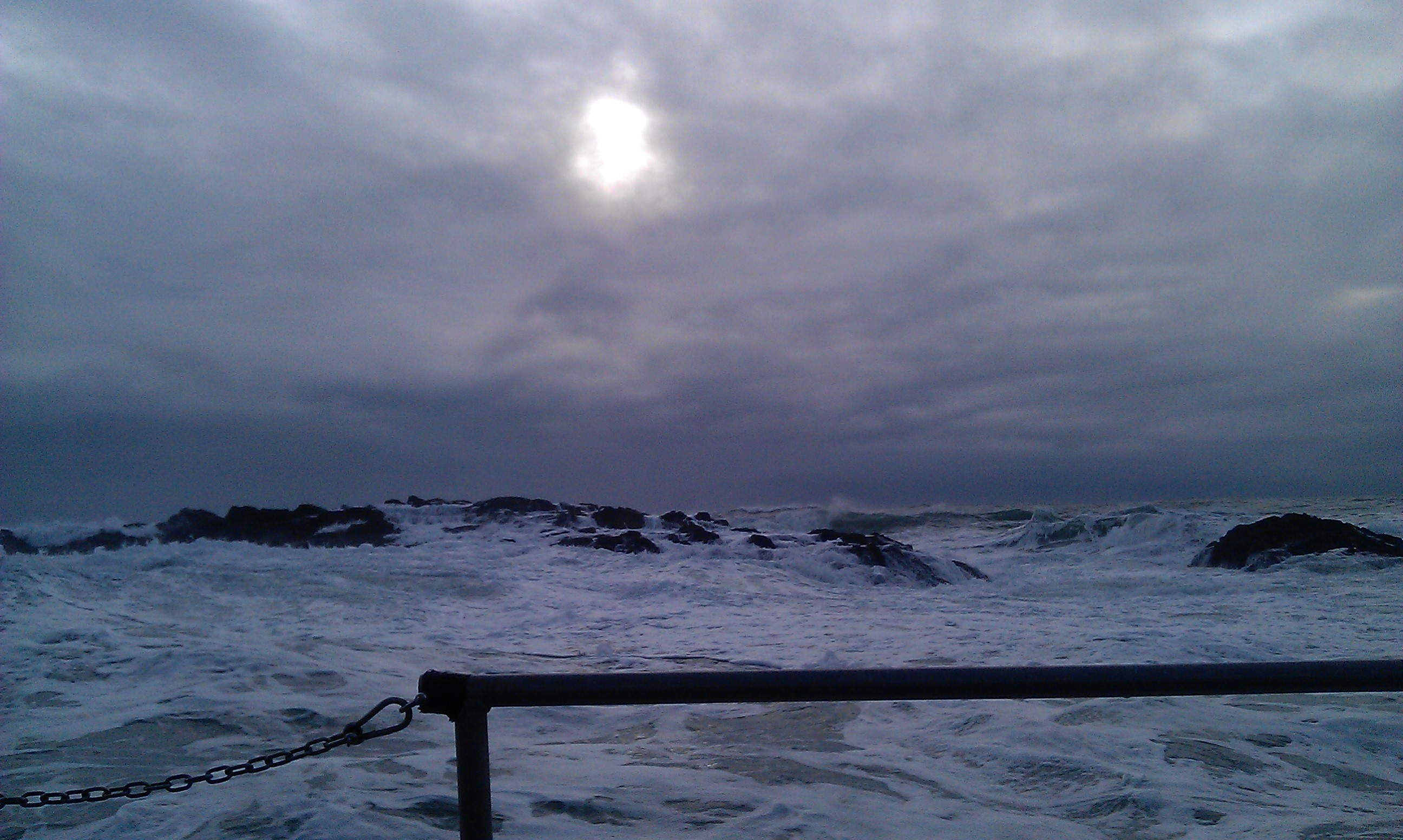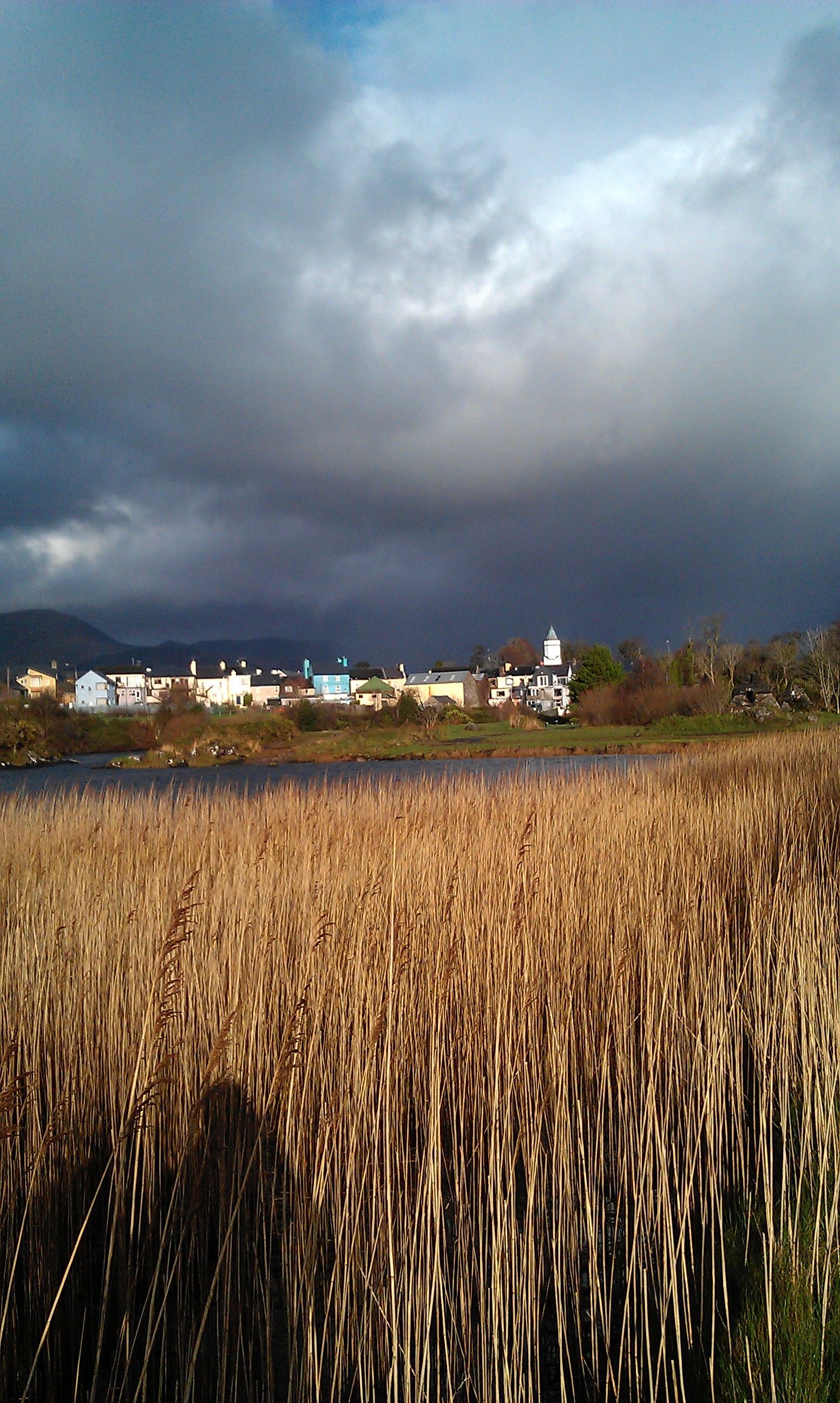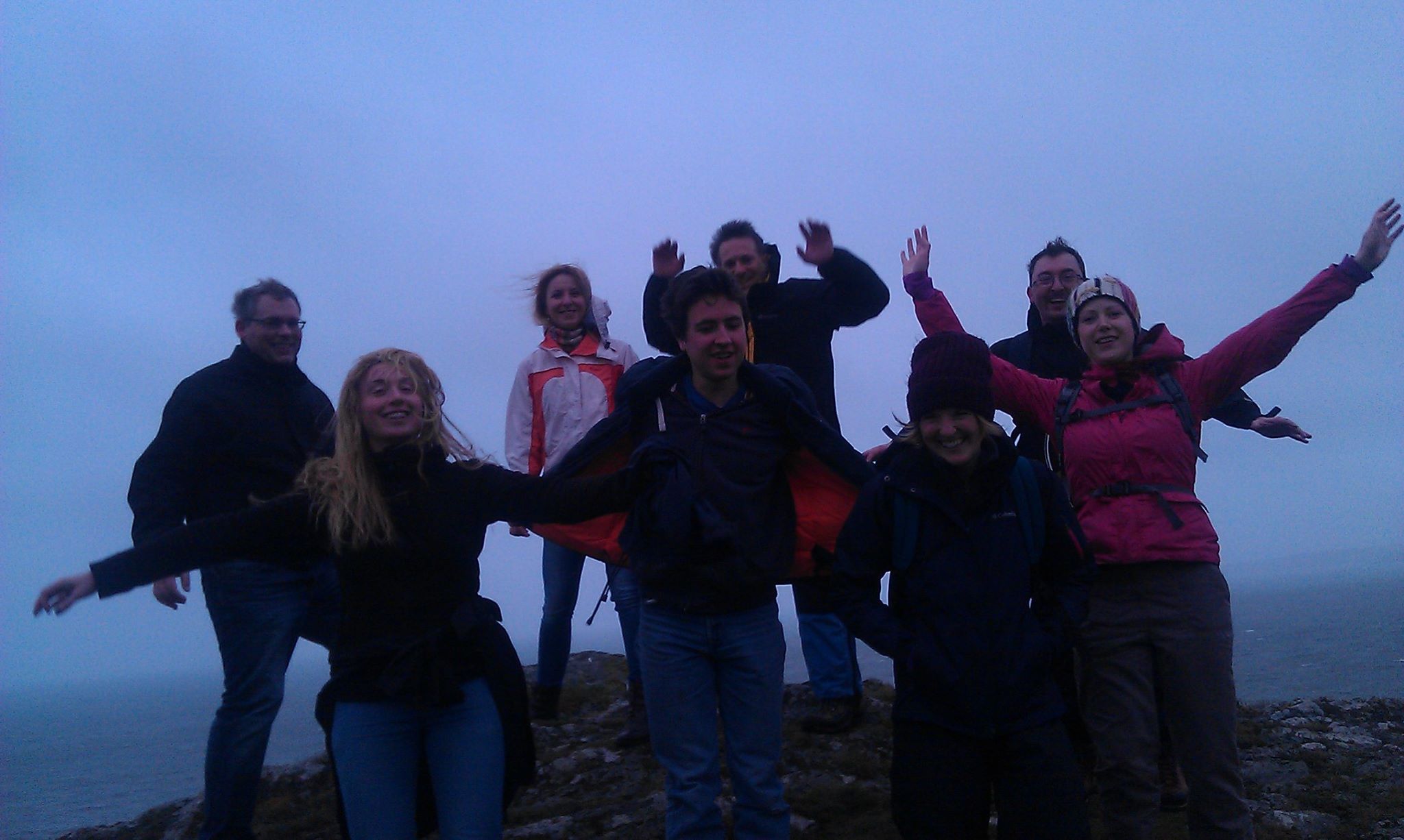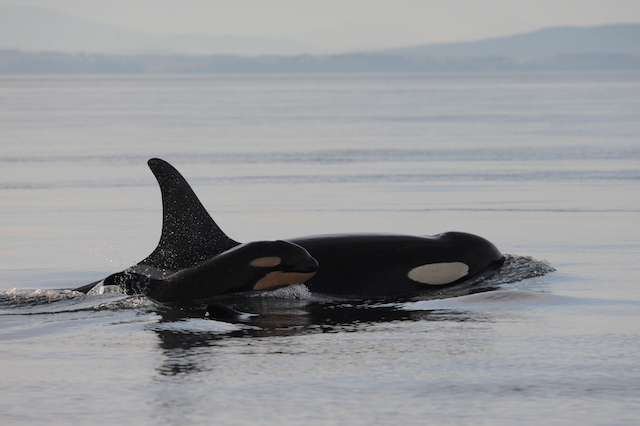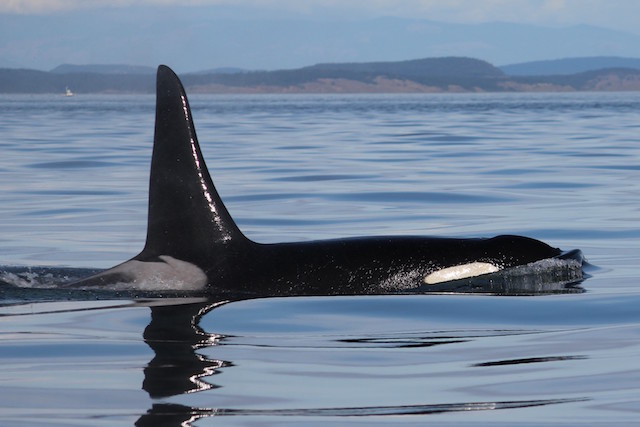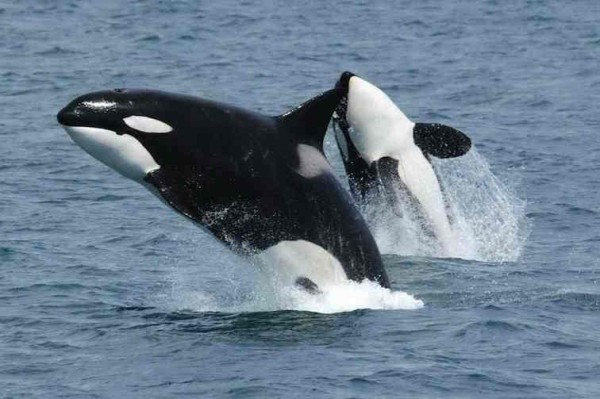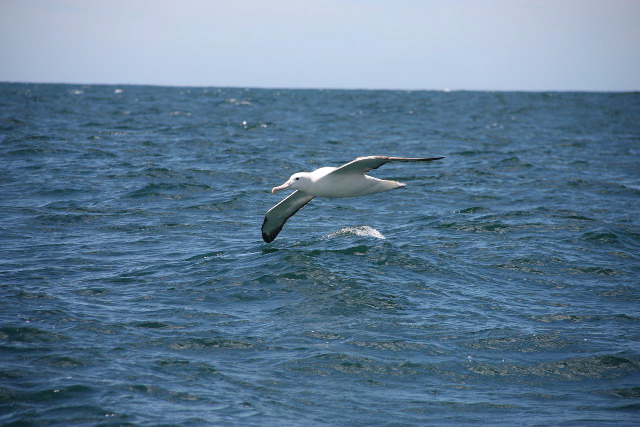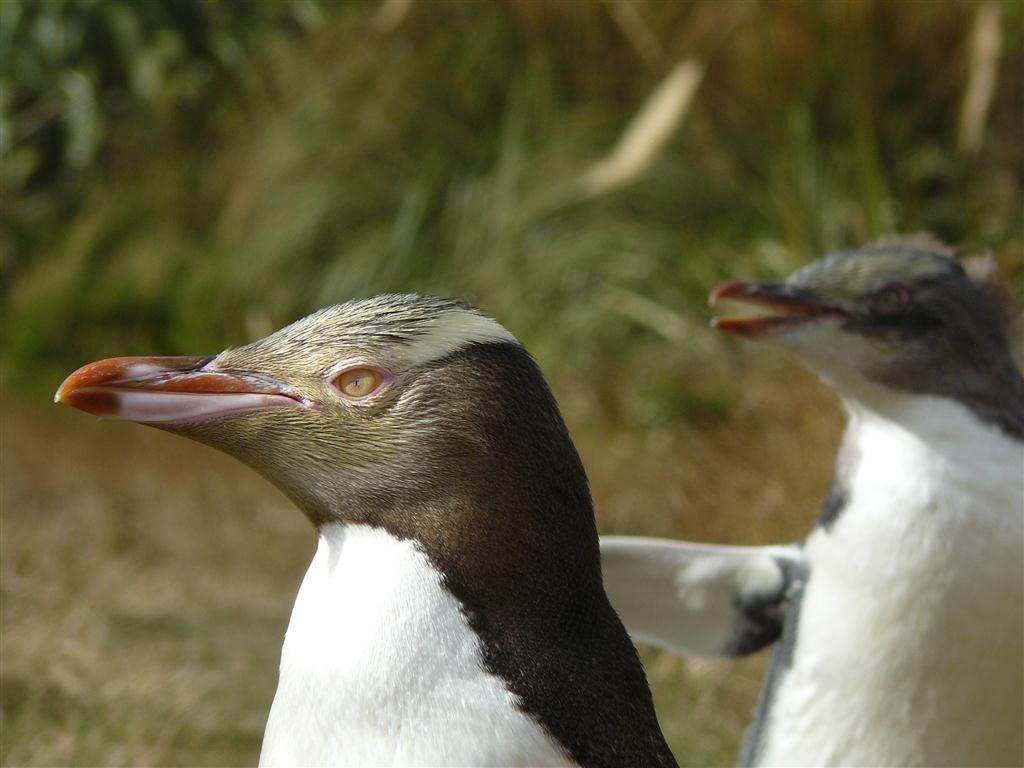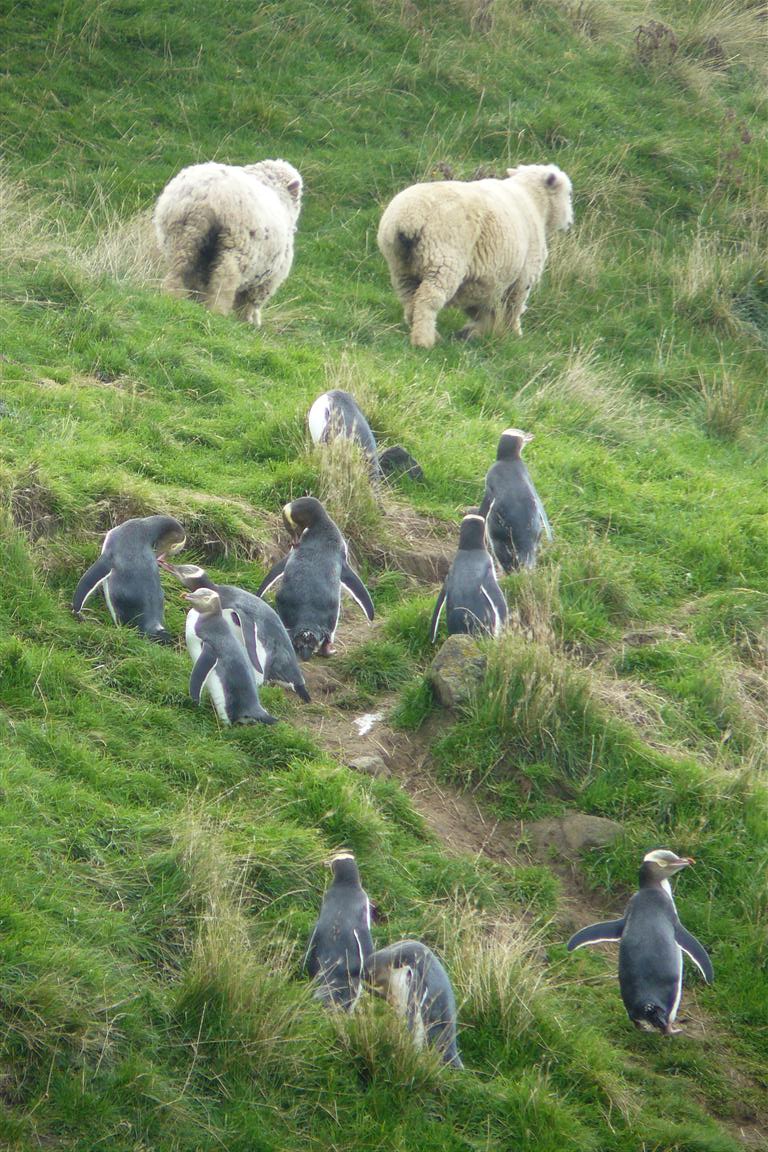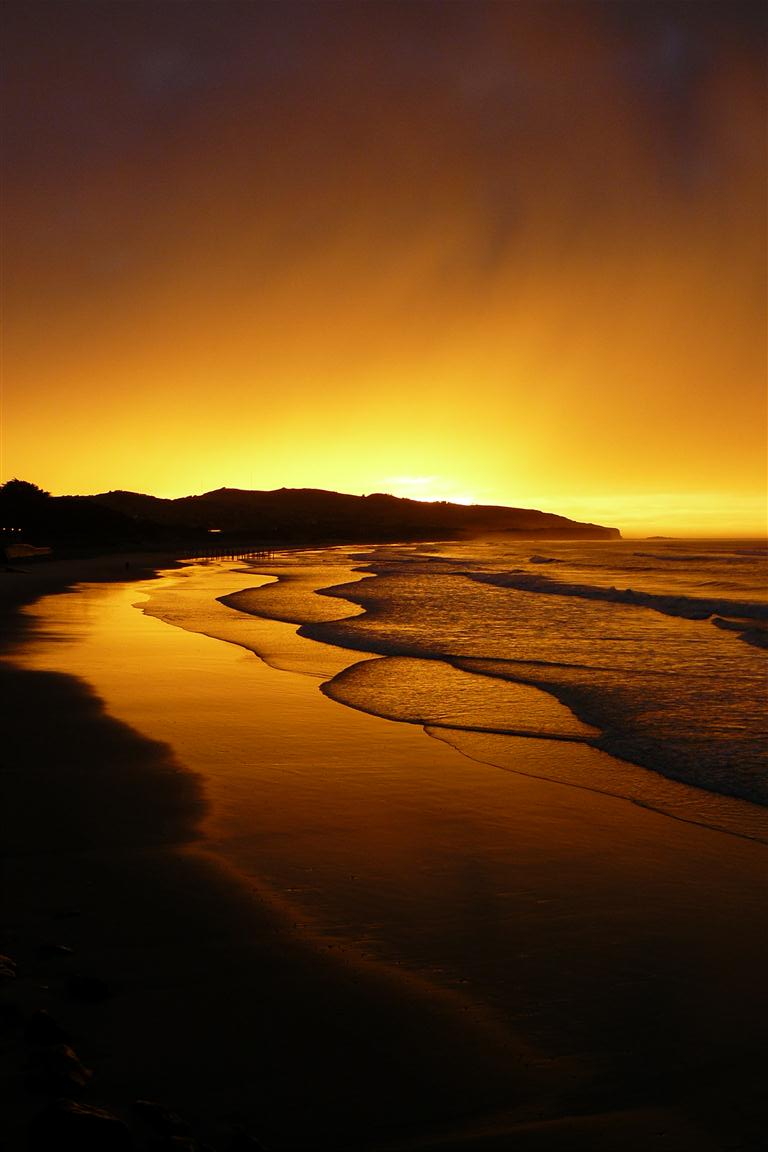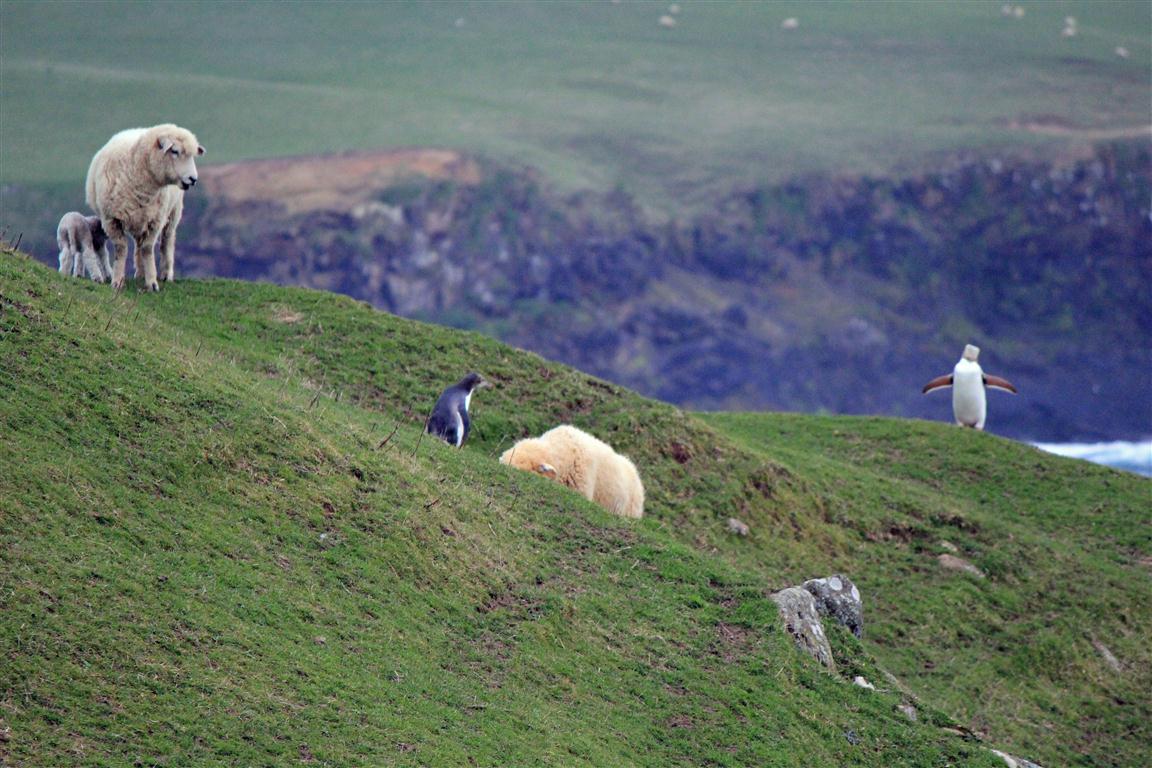How to Help a Stranded Whale or Dolphin

Strandings of whales and dolphins (cetaceans) happen worldwide, sometimes in specific and regular locations such as Farewell Spit, Golden Bay in New Zealand but also in random places and at random times. The reasons for them to strand can not always be understood but possible reasons can include:
1) Disorientation in unfamiliar territory-cetaceans use sonar (sound waves) to ‘see’ their environment but unusual topography like sandbars, rapidly shifting sands and tides can be problematic and leave them beached or stuck in unfavourable conditions.
2) An animal is sick or dying– when a whale/dolphin is very ill they will sometimes be very weak and unable to swim properly. If this occurs they are sometimes washed into shallower areas as they are unable to keep themselves buoyant and mobile. Strong waves and tides can push them closer to shore, into harbours and even rivers that connect to the sea. Multiple strandings can occur if they are in a pod or family group. The other members will usually stay with the stricken relative regardless of risk to themselves and hence, multiple strandings can occur.
3) Effects of noise disturbance underwater which can cause an animal to flee an area-seismic activity which includes drilling underwater for oil and gas exploration can cause serious problems for cetaceans. The sound produced from these activities can cause hemorrhaging in the creature’s head and noise can be so unpleasant they flee the area rapidly. Effects of these on the sonar of cetaceans who are extremely acoustically sensitive can sometimes be fatal.
4) Escaping from predators-in areas where large predators like sharks and orcas prevail, smaller whales and dolphins will often flee their attacker but unwittingly strand themselves in the process.
5) Chasing prey close to shore -dolphins sometimes chase schooling fish into shore and can accidentally strand themselves when doing so.
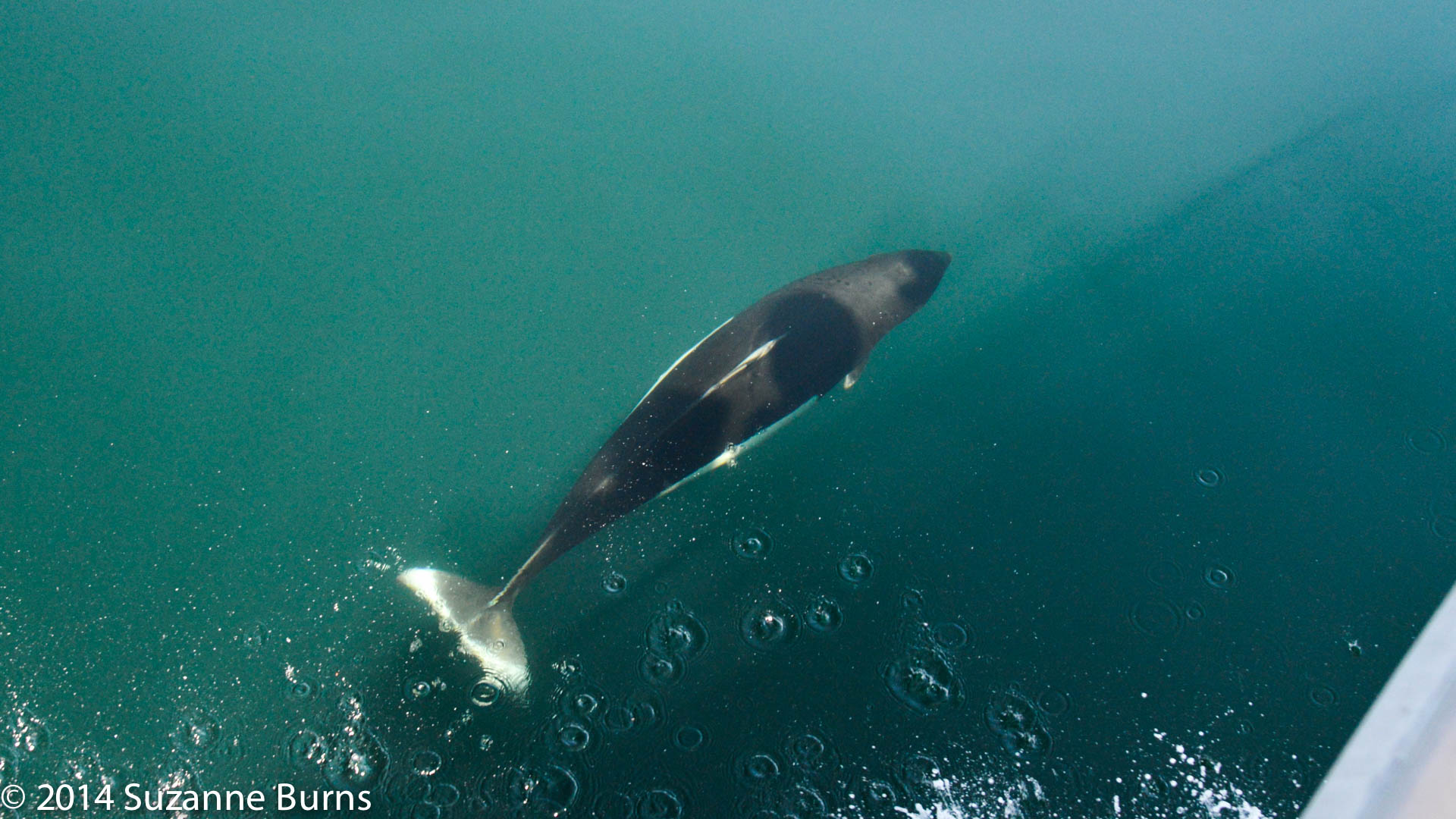
What to do if you find a Stranded Whale or Dolphin?
It might seem obvious, but the first thing to check is that they are alive! Cetaceans are conscious breathers, we are voluntary. This means they consciously hold their breath when necessary. They do this when diving underwater but will also do this when in an unfamiliar situation/environment and are stressed. A whale or dolphin that appears to not be breathing might actually be holding its breath! Gently touch the blowhole to see if there is any reaction.
Second thing to check if they don’t appear to be breathing is their eye(s). If the eye is closed or not blinking, gently blow on it to see if the animal responds. If it does not respond to these checks it has most likely passed away.
If the animal is breathing or some eye movement is detected you can now proceed. Call the local Coastguard, Fire Brigade, Marine Research centres, Animal Welfare Conservation groups to people who can respond quickly and effectively.
The animal will definitely be very stressed, scared and likely in pain. Water allows these animals to grow large without the constraints of gravity. On land their prodigious size in some cases can cause bone and organ crushing on land and impede their ability to breathe easily.
It is imperative to try and keep the animal as calm as you can. Simple measures to make it as comfortable need to be employed as soon as possible.
Do not have anyone standing in front of the animal or behind. The tail fluke can be powerful and dangerous so keep well clear. The animal has an area in the front of its head called the ‘melon’. The sonar that the animal uses comes from here. They are very sensitive to their immediate environment and any person or object in front of their heads needs to be moved away. A bucket, dog, cloth, person in front of them will cause them unnecessary stress. Please keep this area clear.
To keep animals calm, avoid loud noises, keep dogs and small children away and make no unnecessary movements.
If the animal is on its side, cover it with wet sheets (do not cover the blowhole). Try to dig a shallow trench parallel to its belly, remove the sheets and gently roll the animal into the trench. Ideally use 4-6 people for this.
Keep the flippers tucked down and into its side and dig a trench below each flipper so that they can hang freely and not be crushed.
If the creature is too big to do this or is suctioned to sand, take care not to over exert yourself and injure yourself and others.
Cover the animal in wet sheets or clothing, keep pouring water onto these regularly. DO NOT cover the blowhole, eyes and mouth. DO NOT pour water into the blowhole.
Have a buddy-designate someone to sit next to the animal, by their side, near to their head to gently talk and reassure them.

Once all of these measures have been employed and the animal is as comfortable as you can make it, it now can be seen if the animal can be returned to deeper water or if the tide will come in sufficiently.
If the animal is small enough to move like a dolphin or porpoise and there are enough people, a tarpaulin, sling or pontoon can be used to return it to water.
Care must be taken when moving it, using the tarpaulin, sling or pontoon to support the animal and not to drag or pull at its body, particularly its fins and fluke.
Avoid the mouth and fluke for safety.
Only people with wetsuits should be involved in the refloating and release. Try to time the release with waves for easier release and buoyancy of the animal.
Keep the animal from rough surfaces or rocks on the beach or in the water.
Once the animal is in waist-deep water you can gently rock it from side to side to help it reorientate itself. This should be done with at least 2 people, one on each side and done for as long as possible to familiarise the animal with its environment.
At least half an hour should be spent with each animal and check to ensure it is surfacing to breathe, its body is upright and it can upright itself if rolled over.
If the animal swims back towards shore, slapping the water’s surface or striking a metal object can deter them. If enough people are present a human chain can be used in the water to try and prevent the animal swimming back.
Body language such as tail slapping and open mouth lunging can be signs of aggression. If the animal is acting defensively or aggressively do not risk your own safety.
If a small boat, inflatable or kayak is available these can also be used to guide the animal out to deeper water.


